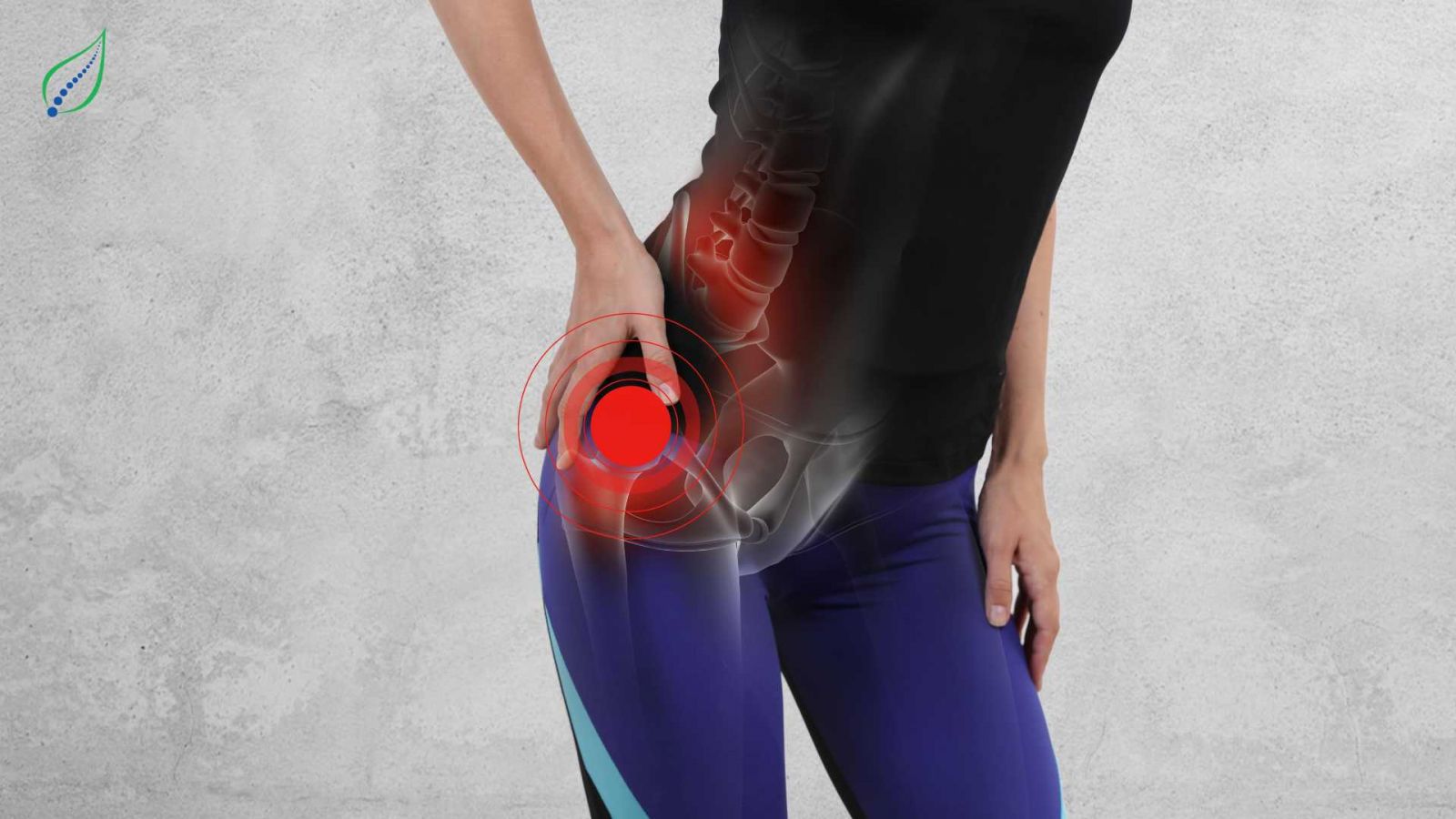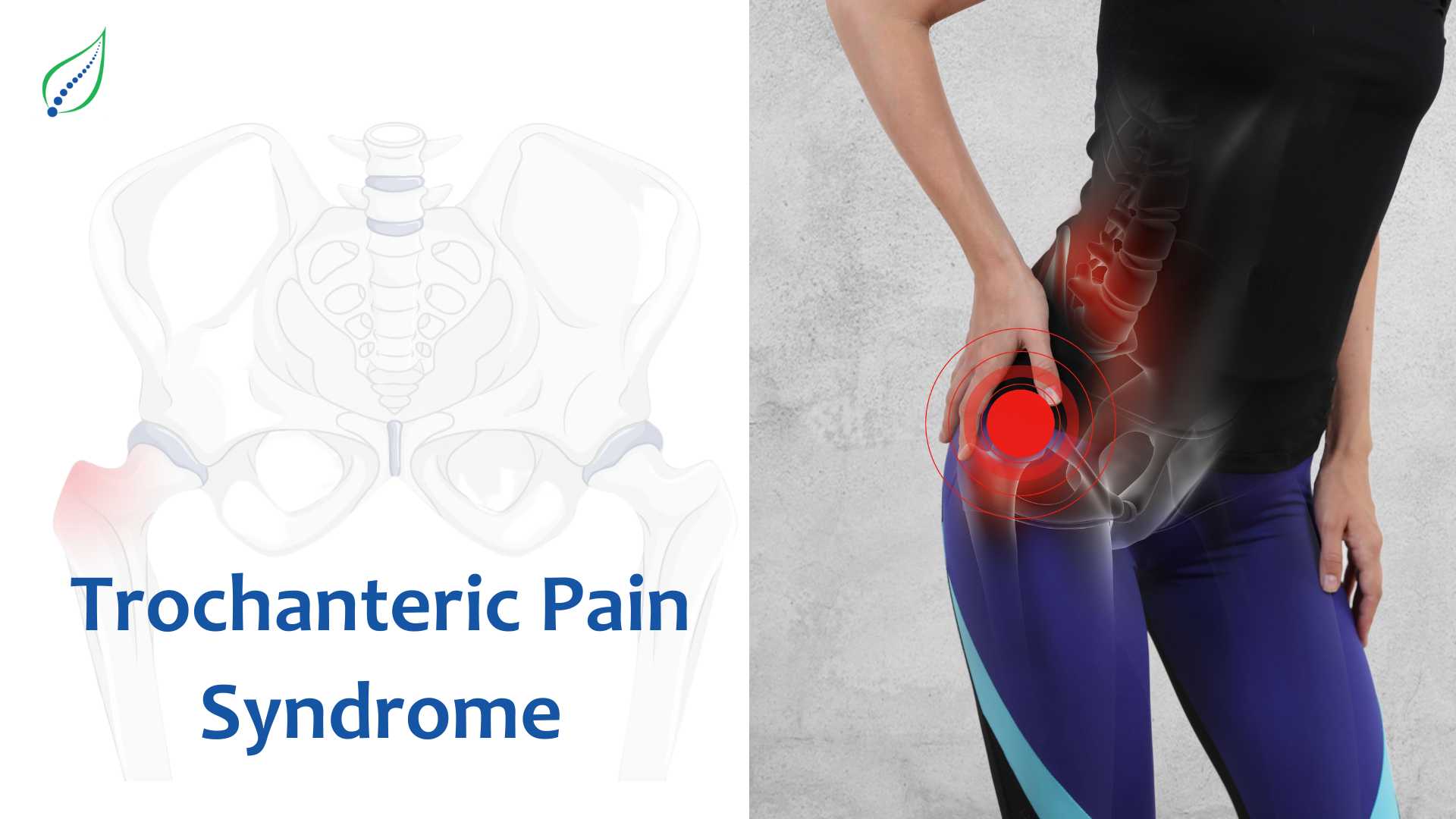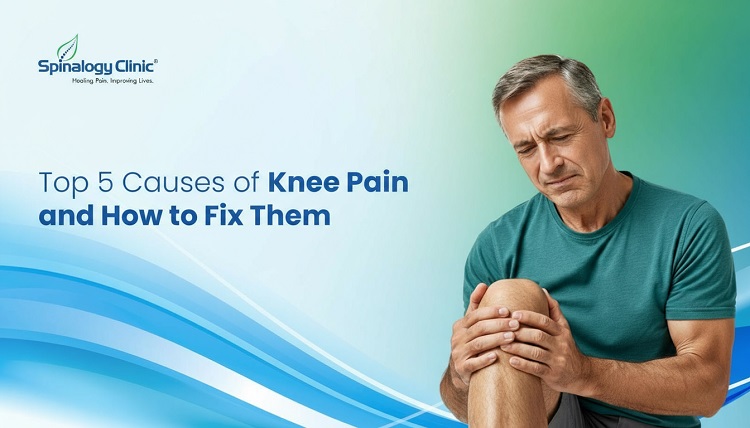Greater Trochanteric Pain Syndrome: Causes, Symptoms, and Treatment
Our walking, running and sitting depend on the hip joint. The hip joint gives us strength, stability, and flexibility while performing a variety of tasks. However, due to ailments like bursitis, the hip is prone to pain and inflammation. Trochanteric Bursitis, sometimes referred to as Greater Trochanteric Pain Syndrome (GTPS), is a typical kind of hip bursitis. An in-depth analysis of GTPS, including its causes, symptoms, diagnosis, therapy, and prevention, is the goal of this article.
Causes of GTPS
Greater Trochanteric Pain Syndrome (GTPS), also known as trochanteric bursitis, is usually brought on by inflammation of the trochanteric bursa, a fluid-filled sac that is situated on the outside of the hip. Trochanteric bursitis can develop due to the following factors:
- Bursitis: It is an inflammation in bursa ( which acts as a cushion between bones and soft tissues, including the hip joint ) causes pain and discomfort.
- Hip Overuse or Injury: Bursitis can result from overuse or repetitive stress on the hip joint, which is frequently seen in athletes or those who indulge in activities like running or cycling.
- Iliotibial Band (ITB) Tightness: From the hip to the knee, the iliotibial band is a connective tissue. Irritation and inflammation can occur when the trochanteric bursa is rubbed upon by a tight ITB.
In order to diagnose and treat trochanteric bursitis properly, it is crucial to comprehend these causes. People can reduce symptoms and stop the illness from getting worse by addressing these variables.
Symptoms
Greater Trochanteric Pain Syndrome (GTPS), another name for trochanteric bursitis, is defined by particular symptoms that point to its presence. These signs consist of:
- Initial hip pain on the outside: The ailment frequently starts with discomfort felt on outside of the hip joint.. The pain may, at first, be intense and localized to one place.

- Hip movement causes more pain: Activities that require hip movement, particularly going down stairs or walking downhill, seem to make the discomfort worse. The discomfort might get worse as a result of the affected area being under more stress.
- Radiating pain down the upper leg: As the problem worsens, the discomfort may spread down the hip joint's path down the upper leg. As a result, there may be discomfort and movement issues.
- Having discomfort when getting up from a seated posture or lying on the afflicted side: Trochanteric bursitis sufferers frequently report feeling more pain when doing these activities. Sleep and daily activities may be impacted by this.
Recognizing these signs and symptoms is essential to getting the right medical care and starting the right treatments in time to effectively manage trochanteric bursitis.
Diagnosis
There are numerous methods for diagnosing trochanteric bursitis:
- Physical Examination: Healthcare experts perform a physical examination to determine what movements cause discomfort and to gauge the severity of symptoms. Understanding the specific traits of the disease is much easier with the use of this examination.
- X-rays: To rule out the potential of any underlying disorders that could be the source of hip discomfort, X-rays are frequently prescribed. X-rays do not show bursitis itself; however, this diagnostic tool aids in excluding other possible causes.
- Ultrasound examinations: An ultrasound image of an inflamed trochanteric bursa can be obtained. It enables medical professionals to monitor the bursa's health, gauge the level of inflammation, and solidify the diagnosis.
- MRI (Magnetic Resonance Imaging): If the hip does not improve after receiving the first treatment or if the diagnosis is unclear, an MRI may be advised. An in-depth assessment is made possible by the detailed images of the hip joint and surrounding tissues provided by MRI scans.
By using these diagnostic techniques, medical personnel can reliably identify trochanteric bursitis and choose the best course of action for each patient.
Treatment
Trochanteric Bursitis Treatment Options:
Nonsurgical Procedures:
The first line of treatment for trochanteric bursitis is nonsurgical and includes the following:
- Ice Fomentation: Ice fomentation help relieve pain and inflammation by placing ice packs on the afflicted area for 10 to 20 minutes every four hours.
- Anti-inflammatory Drugs: Under the direction of a doctor, medications such as ibuprofen or naproxen can be given to reduce pain and swelling.
- Rest: Resting the hip and avoiding putting too much pressure on the injured area will help it heal faster.
- Physical therapy: It can be advantageous to work with a skilled therapist who can suggest particular exercises to increase flexibility and strengthen the muscles in the hips.
Medical Procedures:
Medical interventions may be thought about if nonsurgical therapy is ineffective in relieving the condition:
- Cortisone Shots: Shots of cortisone are an effective anti-inflammatory treatment that can be used to reduce swelling and relieve pain.
- PRP Injections : Platelet Rich Plasma injections can be considered in cases where associated muscle or partial tendon tears are present.
- The best course of treatment should be chosen in consultation with a doctor, depending on the patient's unique situation.
In Summary
The greater trochanteric pain syndrome can have a serious impact on the way you lead your life. However, with appropriate knowledge and preventive measures, you can manage it and stop it from getting worse. Prefer exercising regularly and dropping some weight if you have too much of it. This will help you take care of your hips and can prevent you from this condition.




